Dialect Dine has been the language of many wars. It is not spoken of loudly, but the US military owes its many successes to its originality. Today there is a struggle to be or not to be of this language. It took on a truly galactic dimension. Darth Vader is ... a PE player in it.
American journalist Chris Taylor set himself the task of finding a person who has never heard of "Star Wars". Thus he reached Window Rock, Arizona, a Navajo reserve. There he met a World War II veteran, Sergeant George James. A cipher who took part in the attack on Iwo Jima.
Stars don't fight each other
Meeting the 88-year-old veteran was a great experience for Taylor. Not only because when asked about his acquaintance with the movie "Star Wars", James replied: Why would the stars fight each other? Also because Taylor has hit a turning point in the recent history of the tribe.
The missionary's favorite language
The language of the Navajo Indians, Dine, played a significant role in the conflict in the Pacific. Already during World War I, the Americans used the help of Indian ciphers from other tribes, but the Navahs appeared relatively late in the arena of warfare.
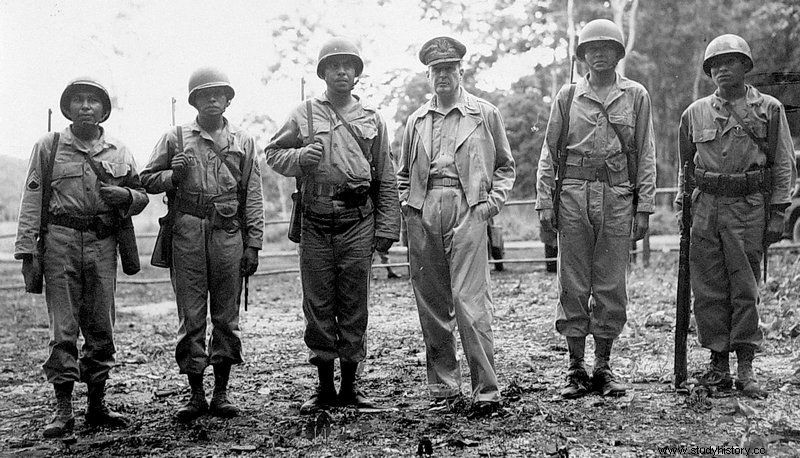
General Douglas MacArthur with Indian troops. Two on the right belonged to the Navajo tribe (source:public domain).
Philip Johnston came up with the idea of using the Dine language. An engineer from Los Angeles and the son of missionaries who grew up among Indians. Even as a young boy, Johnston was an interpreter during the meetings of the authorities with representatives of the tribe. According to American sources, he belonged to only 30 people outside the tribe who ruled Dine.
In 1942, Johnston read an article about the use of the Native American language by the Canadian Army - still on the fronts of World War I. The idea of engaging the Navajo Indians for similar purposes was reported to the Naval Office in Los Angeles after the attack on Pearl Harbor.
After a few weeks, Pacific Fleet Command asked Johnston to present and then pick up the first ones from the Navajo Indians. They were to be trained at a special, newly established facility at Camp Elliott, which had 29 Indians. The entire operation was classified as secret.
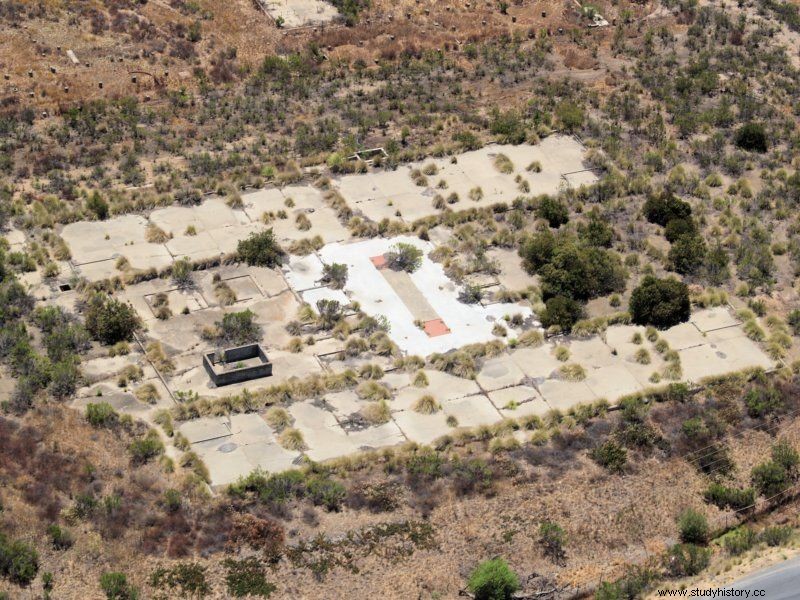
A contemporary view of the Camp Elliott ruins - the place where Navajo ciphers trained (photo:Philkon (Phil Konstantin), license CC BY-SA 3.0).
Sergeant James
George James was just under 18 when he entered the cipher school. After 8 weeks of intensive training, the Indians were able to freely manipulate the code from memory. The first group of ciphers arrived in the vicinity of Guadalcanal in September 1942.
From 1942 to 1945, Navajo ciphers took part in almost every offensive in the Pacific. They were able to convey dozens of messages in a sequence without the slightest mistake - after a few sleepless nights!
Navajo slang
In the Navajo language, the same word, spoken in different ways, could have up to four different meanings. As they did not know words such as bomber, helicopter, or submarine, a list of about 200 words assigned to military purposes was compiled. For example, shark meant destroyer , silver oak leaf - a lieutenant colonel and a hummingbird - helicopter.
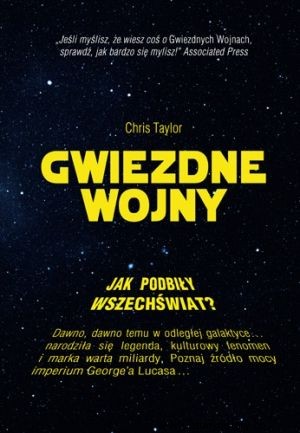
During the attack on Iwo Jima, Navajo coders delivered over 800 coded messages without error within 48 hours. Sergeant James was not only responsible in part for this success, but also saved a wounded colleague in his squad.
The dying language of wars
Despite the fact that the role of the Indian ciphers - not only of the Navajo tribe - gained recognition after the war, and President Ronald Reagan established the "Navajo Code Talkers Day" in 1982, the Dine language is dying out. Only half of the three hundred thousand members of the tribe understand it, and not more than a quarter are fluent in it .
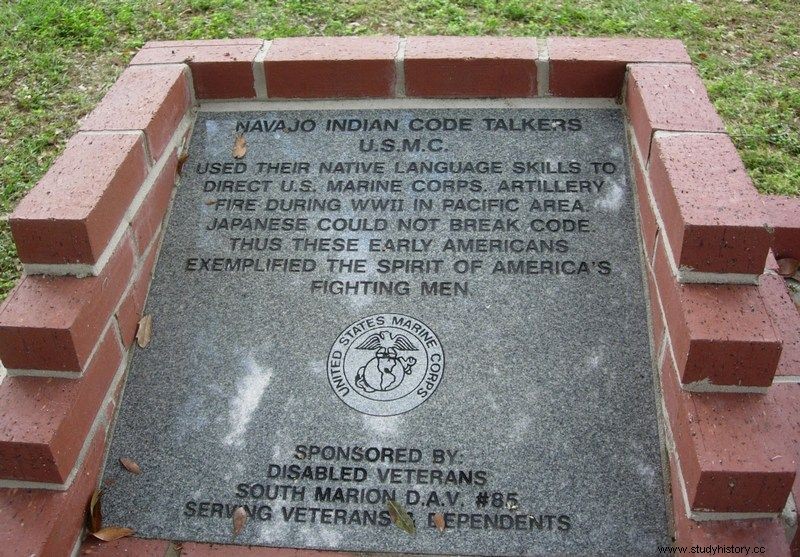
The memory of the heroic Navajo continues ... but their language is dying (Code Talkers Monument in Florida, photo Mlpearc, license CC BY-SA 3.0).
Navaho elders see defending the Dine language as the most pressing challenge of the 21st century, recalling a time when English was learned at school but was spoken in Dine at home. Today it is the other way around.
In 2013, when Taylor visited Window Rock in preparation to write a book about the phenomenon of "Star Wars", a project that local activists had been implementing for the last 3 years was finalized. "Star Wars IV:A New Hope" as the first movie was to be translated into the dying language of Dine.
Darth Vader taught PE
The representatives of the Navajo tribe found Lucas's film to be a perfect fit for the contemporary needs of the Indian community. However, the translation was not easy. The Navajo are so egalitarian they do not recognize representation. Only the US authorities forced them to select a representation. Hence, in the film, words such as "princess", "senate" or "empire" remained in the original English version.
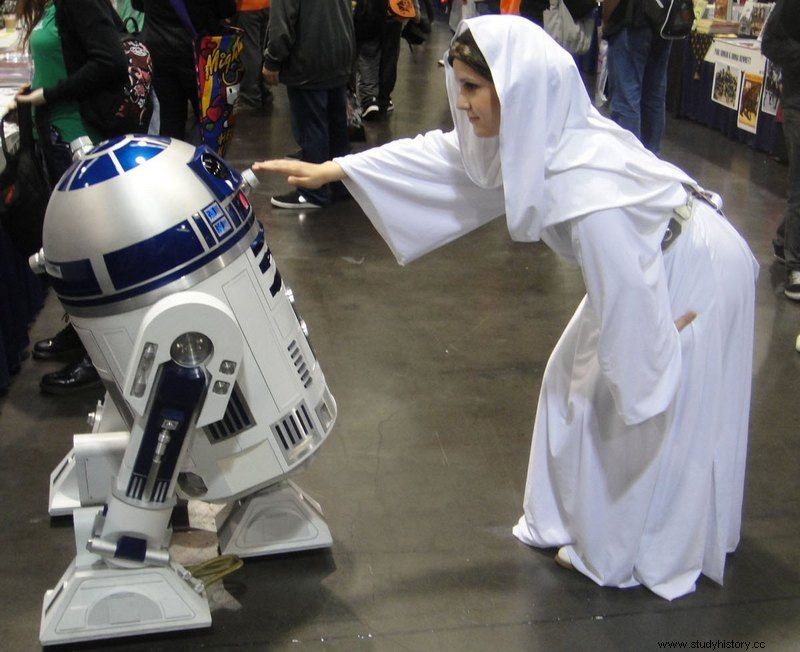
There was not even a word for a princess in the Dine language… Cosplayler playing Leia at WonderCom 2012 touches R2-D2 (photo:Doug Kline, The Conmunity - Pop Culture Geek, license CC BY 2.0).
Despite the difficulties, the entire team of tribal "actors" managed the fourth part of the saga in just 36 hours. Among them was a sports teacher who played the role of Darth Vader.
To be cool again
The Indians seem to see in the star saga what obscures the Western world with heaps of gadgets and fanatic fandomism - an epic tale of the struggle between good and evil. This motif belongs to the permanent canon of Indian cultures.

Even the famous quote "May the Force be with you" is an almost literal translation from the Navajo prayer for strength and protection against all that is negative. Translating into an ancestral language is a chance for continuity, but also trying to convince young people that our language can be cool - representatives of the tribe explain.
I saw wild birds…
Chris Taylor, author of the George Lucas saga phenomenon, appeared with George James on the premiere sense of "Star Wars" in the Dine language on the hot evening of July 3, 2013 at Window Rock. A crowd of Navajo arrived who did not hide their enthusiasm.
After the classic introduction, Sergeant James looked thoughtful. I saw a clip of a movie once where wild birds were fighting each other - said . After a short conversation, Taylor realized it was about the X-Wings. It turned out that the 88-year-old cryptographer was also watching Star Wars!
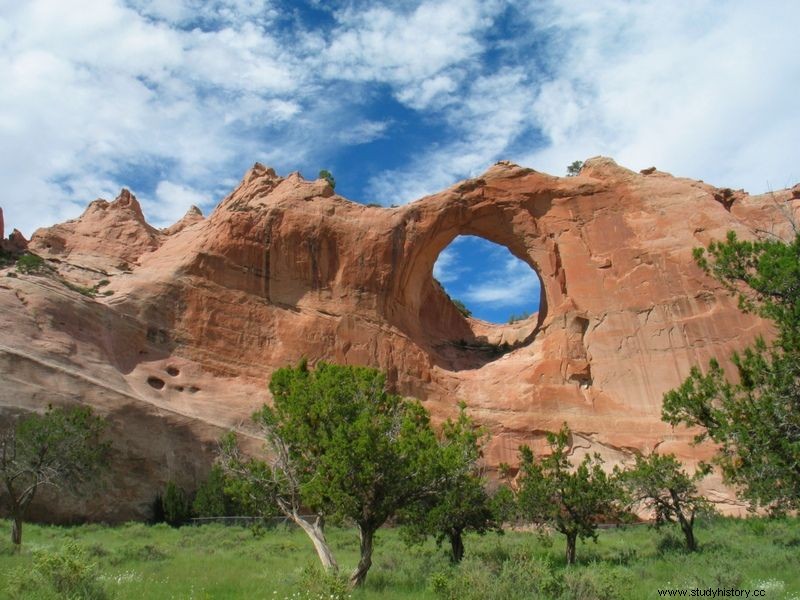
It is not surprising that the name of the Navajo Indian center - WIndow Rock - is known in what landscapes it is embedded in (photo:Ben FrantzDale, license CC BY-SA 3.0).
Return Dine
Since "Star Wars" was translated into Navajo, the film has toured Arizona, New Mexico and Utah. The idea of translating was met with great interest and approval of the Indians - both the youth and the elders.
In 2015, Window Rock reopened a cinema that will continuously broadcast films translated into the Dine language. Of course, the facility started on the day of the premiere of the seventh part of the space saga!
